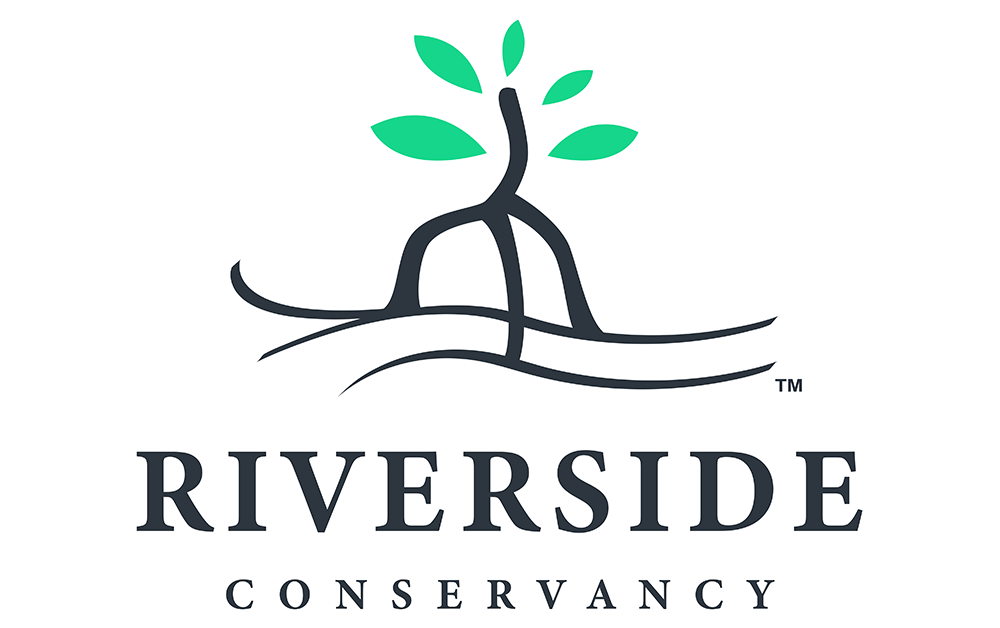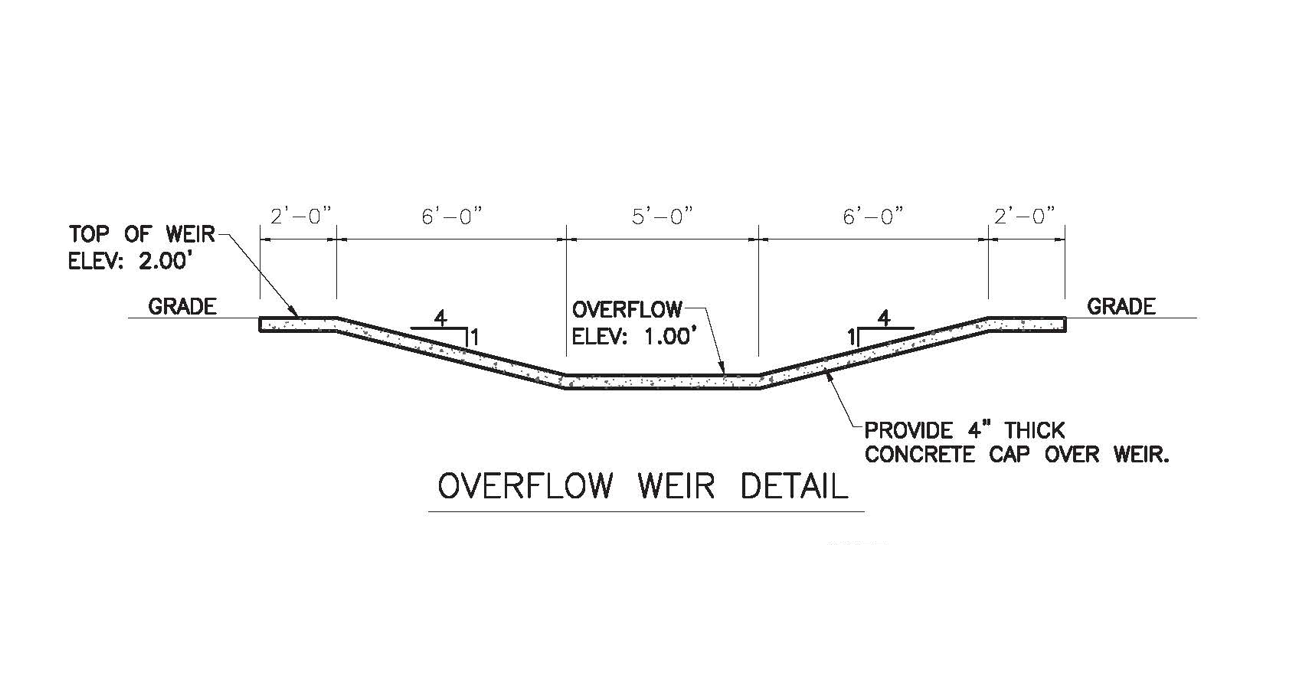Veteran’s Memorial Park Green Infrastructure Project
Veteran’s Memorial Park in Edgewater, Florida is a small park that sits along the Mosquito Lagoon, and is a local favorite for birdwatching and fishing. In its current state, rainfall from Veteran’s Memorial Park drains into the adjacent Lagoon untreated. As runoff flows over the ground, it collects nutrients, chemicals, and sediments. When this rainwater contaminates local water bodies, it is known as nonpoint source pollution (NPS). NPS is the leading threat against water quality in the Mosquito Lagoon. As excess nutrients and pollutants enter the Lagoon, they can contribute to harmful algal blooms, which harm local wildlife and cause fish kills. The Veteran’s Memorial Park Green Infrastructure Project aims to reduce the amount of runoff entering the Mosquito Lagoon in hopes to preserve its water quality and keep the park thriving. This cooperative project has been funded in part by the United States Environmental Protection Agency.
Project Design
During the construction period, Veteran’s Memorial Park will be temporarily closed. Construction will involve regrading the northwestern shoreline into a more gradual slope, installing a concrete weir, and digging two swales on both the north and southeastern sides of the park. These components will work together to prevent pollution from entering the Mosquito Lagoon and protect its water quality.
Shoreline Regrading
Regrading the existing steep northwestern slope will increase safety and decrease the speed of runoff flowing down the slope. Slowing the runoff allows more time for filtration by plants and will reduce erosion.
Swale
A swale is a depression in the ground that collects runoff. The collection of runoff allows it to percolate back into the ground or be filtered by plants, reducing the amount of pollutants that enter the adjacent canal.
Weir
The weir will be a sloping, concrete-reinforced depression that connects to the outer edge of the swale. The purpose of this structure is to direct and allow overflow of treated stormwater from the swale into the adjacent canal.
Citizen Science & Water Quality Monitoring
Working with project partners, Riverside Conservancy is conducting regular water quality testing at Veteran’s Memorial Park. Water quality testing involves deploying a multiparameter sonde into the water, which is connected by Bluetooth to a nearby tablet. As the sondes collect data, it is displayed and recorded on the tablet. By using this technology, everyone can be a scientist— even without a lab!
If you are interested in participating in water quality testing, please contact sarah@riversideconservancy.org. Results from water quality testing will be continuously uploaded and viewable in the spreadsheet below.
Learn more about the parameters we measure:
-
Water temperature of a body of water indirectly indicates the types of biological activity occurring at various temperatures. Water temperature also indicates types of species that may be found in the water body. Significant changes in water temperature, 1°C to 2°C within a 24-hour range, may cause thermal stress or shock to aquatic life. Industrial and utility plant discharge water and storm water may become a source of thermal pollution, in which the discharged water temperature does not match the body of water into which it is being deposited.
-
A measure of how acidic/basic water is. The range goes from 0 to 14 with 7 being neutral. A pH of less than 7 indicates acidity. The term pH refers to the concentration of hydrogen ions (H+) present in the water. If a water sample has more hydrogen ions versus hydroxide ions (OH - ), the water is acidic. If more hydroxide ions are present, then the solution is basic. Since pH can be affected by chemicals in the water, pH is an important indicator of water that is changing chemically. Ocean acidification particularly impacts calcifying organisms such as corals, oysters, and clams, making it more difficult for them to build their shells/exoskeletons. In particularly acidic conditions, the structures of these organisms can weaken and dissolve.
-
Measures the ability of electricity to pass through an a liquid. Ions must be present in order to conduct a current. Salinity and conductivity are directly proportional. The higher the amounts of dissolved salts, the higher the conductance.
-
A measure of how much oxygen is dissolved in the water and the amount of oxygen available to aquatic organisms. The rate at which oxygen is absorbed by water depends on temperature, salinity and atmospheric pressure and wind velocity. Low temperature, low salinity and lower altitudes are ideal factors for higher absorption of oxygen. High temperatures create an environment with low dissolved oxygen, which can suffocate organisms, resulting in fish kills.
-
Turbidity is the measurement of the optical property that causes light to be scattered and absorbed by suspended particles such as plankton, other microscopic organisms, clay, silt, and others. Storm water events typically increase turbidity from particulates in water runoff. High turbidity reduces the amount of light that can reach the sea floor, which can negatively affect seagrasses.
-
A nutrient needed for plant growth and is measured in the forms of nitrate, nitrite and ammonium. As plants, algae, and aquatic animals die and decay, ammonia and nitrites are produced against the sediment of the water body. Bacteria convert nitrites to nitrates, which are a nutrient for plant and algae growth. Too much nitrogen causes excessive algae and plant growth, which can cause harmful algal blooms.
-
Also referred to as cyanobacteria and can be considered as harmful algal blooms and can cause toxic effects in an estuarine environment.
-
Dyes that are added to laundry detergents to brighten clothing. Much like other lab-created products, such as DEET and Sucralose, this man-made pollutant can be tested for presence in water quality. High readings of optical brighteners in an aquatic environment can indicate a leak in a nearby septic or sewer system.
-
The measure of all salts present in a water body. Units of salinity are most commonly expressed as parts per thousand, ppt or ppth. Salinity can be affected by rainfall and temperature. High amounts of rainfall decrease salinity, and high amounts of evaporation increase salinity.











